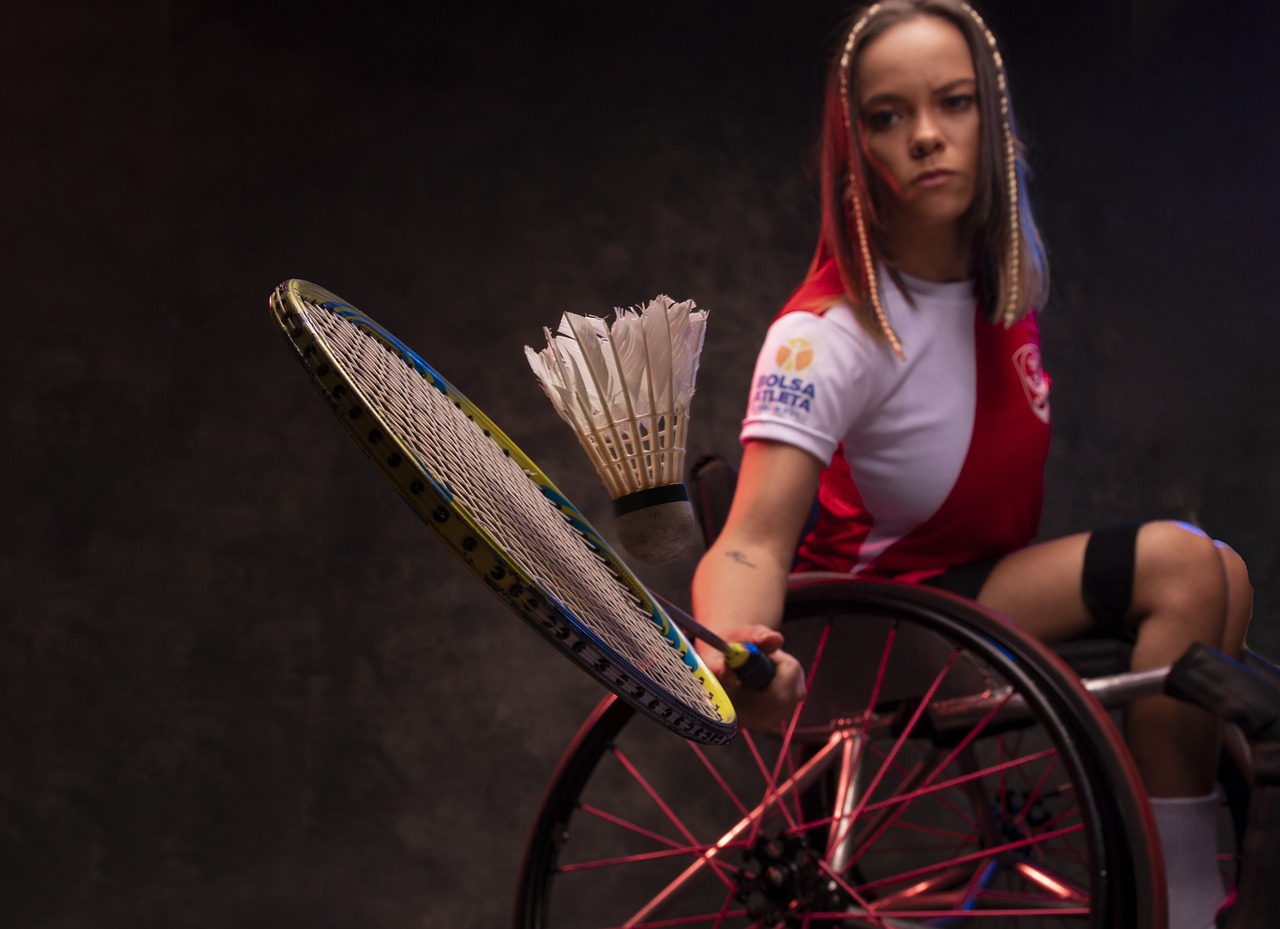Since living with a disability, I have come to know what it feels like to live in the minority. It’s horrible when you get out of the car, stumble up to the front door of a pub and get rejected for being ‘too drunk’… without having a sip of alcohol. Fortunately, in many cases, this occurs with a group of mates around me all fighting to be the first to tell them I’m disabled. With one (or two) looks up and down, I can (most of the time) walk right on in.
As parents, one of our most important roles is to teach our children the values of diversity and inclusion. In a world that is increasingly interconnected, understanding and appreciating different abilities, cultures, backgrounds, and perspectives is crucial. Embracing diversity and promoting inclusivity not only creates a welcoming and supportive environment but also enriches our kids lives by broadening their horizons and developing empathy.
(Just a side note, anyone reading this, old or young, can take a leaf too BTW)
This guide will help parents celebrate diversity and promote inclusivity by embracing differences and learning from diverse perspectives, ultimately creating a welcoming and supportive school environment for all.
What is Diversity and Inclusion?
Diversity refers to the presence of differences within a given setting. This can include race, ethnicity, gender, age, religion, disability, sexual orientation, socioeconomic status, and more that I can’t think of off the top of the dome. Inclusion, on the other hand, is about creating environments where everyone feels respected, valued, and able to contribute fully. An inclusive environment recognises and celebrates these differences, ensuring that everyone has equal opportunities and feels a sense of belonging.
The Importance of Embracing Diversity and Inclusion
Embracing diversity and promoting inclusion is essential for several reasons:
- Fosters Empathy and Understanding: Exposure to diverse perspectives helps children develop empathy and understanding towards others who are different from themselves. This builds stronger, more compassionate relationships.
- Enhances Learning and Growth: Diverse environments offer varied experiences and viewpoints, improving the learning process. Children learn to think critically, solve problems creatively, and appreciate the richness of different cultures and ideas.
- Prepares for a Globalised World: As our world becomes more connected, the ability to navigate and respect diversity is crucial. Children who are comfortable with diversity are better prepared to interact with the big wide world.
- Promotes Social Justice: Embracing diversity and inclusion helps combat prejudice and discrimination. It promotes social justice by ensuring that everyone has equal access to opportunities and resources.
Celebrating Diversity at Home
Encourage Open Conversations
Here’s where you come in. One of the first steps in promoting diversity and inclusion is to encourage open conversations about differences around the dinner table… or in the car… or wherever you connect best with your kids. Discuss with your child what diversity means and why it is important. Pull out examples or times you’ve had to be inclusive. Fortunately for me, this topic is built into my kids’ lives as they can witness first-hand the effects of being inclusive (and papa is a walking diversity billboard). Be honest and open about different cultures, traditions, and perspectives. Use these conversations as opportunities to teach your child about respect, empathy, and acceptance.
Explore Diverse Media
Introduce your child to books, movies, and TV shows that feature diverse characters and stories. This exposure helps them see the world from different perspectives and understand the experiences of others. Discuss the content together, asking questions and encouraging your child to reflect on what they’ve learned. A great book to demonstrate life with a disability and draw some empathy out of your kids is CRASHING INTO POTENTIAL: Living with my injured brain… I can’t think of a better book TBH… you can get it for $34.95 including postage (I might be a little biased).
Celebrate Cultural Traditions
If you are looking at cultural diversity there is so much out there. Participate in cultural festivals, try foods from different cultures, and learn about various traditions and holidays. Celebrating cultural diversity at home helps your child appreciate the richness of different cultures and fosters a sense of curiosity and openness.
Promoting Inclusivity at School
Advocate for Inclusive Policies
Work with your child’s school to advocate for policies and practices that promote inclusivity. This can include diverse representation in the curriculum, anti-bullying initiatives, and support for students with different needs. Ensure that the school environment is welcoming and supportive for all students. Better still, help your kids advocate for change.
Encourage Inclusive Friendships
Encourage your child to form friendships with peers from diverse backgrounds. Teach them the importance of being inclusive and respectful in their interactions. Help them understand that everyone deserves to feel valued and included. I love watching videos on YouTube of young people including others in circumstances where most people don’t. Things like this warm my heart.
Support Diverse Extracurricular Activities
Encourage your child to participate in extracurricular activities that celebrate diversity, such as cultural clubs, language classes, or diversity committees. These activities provide opportunities to learn about different cultures, build inclusive communities, and develop leadership skills. You can even encourage them to invite inclusiveness into their current activities. Women in sport comes to mind. Here in Victoria, Australia, women are finally starting to get more of the opportunities that men were simply just born with.
Learning from Diverse Perspectives
Model Inclusive Behaviour
Children learn a lot by observing their parents. Monkey see monkey do. Model inclusive behaviour by treating everyone with respect and kindness, regardless of their background. Show your child that you value diversity and are open to learning from others.
Seek Out Diverse Experiences
Expose your child to diverse experiences by traveling, attending cultural events, or engaging with diverse communities. Again, there is so much out there in the world to experience from other cultures and cities usually have events representing these. I know that here in Melbourne, there’s basically something on every week that we can take our kids to that celebrates different cultures. These experiences help them understand and appreciate different ways of life and broaden their worldview.
Encourage Critical Thinking
Teach your child to think critically about stereotypes, biases, and discrimination. Encourage them to question assumptions and seek out diverse perspectives. Help them understand the impact of prejudice and the importance of standing up against injustice.
Creating a Supportive School Environment
Celebrate Diversity in the Classroom
Encourage your child’s teacher to incorporate diverse perspectives into the curriculum. This can include literature from different cultures, history lessons that highlight diverse contributions, and science discussions that recognise the achievements of scientists from various backgrounds.
Foster a Sense of Belonging
Work with the school to create a sense of belonging for all students. This can include peer mentoring programs from people like myself, inclusive school events, and support groups for students from underrepresented backgrounds. Ensure that every student (your kids and their friends) feels seen, heard, and valued.
Address Discrimination and Bullying
This one is my pet hate. Every kid (and adult) has the right to feel welcomed and good about who they are. Bullies don’t believe in this, so ensure that the school has clear policies in place to address discrimination and bullying. Advocate for training for teachers and staff on diversity and inclusion. Encourage your child to speak up if they witness or experience discrimination, and support them in seeking help if needed.
Teaching our children to embrace diversity and promote inclusivity is one of the most valuable gifts we can give them. We need to support our children in their journey towards understanding and appreciating the richness of diversity of the world we live in. Together, we can create a world where everyone feels valued, respected, included and good about who they are. Let’s take this journey together and build a brighter, more inclusive future for our children.





